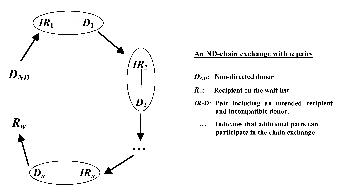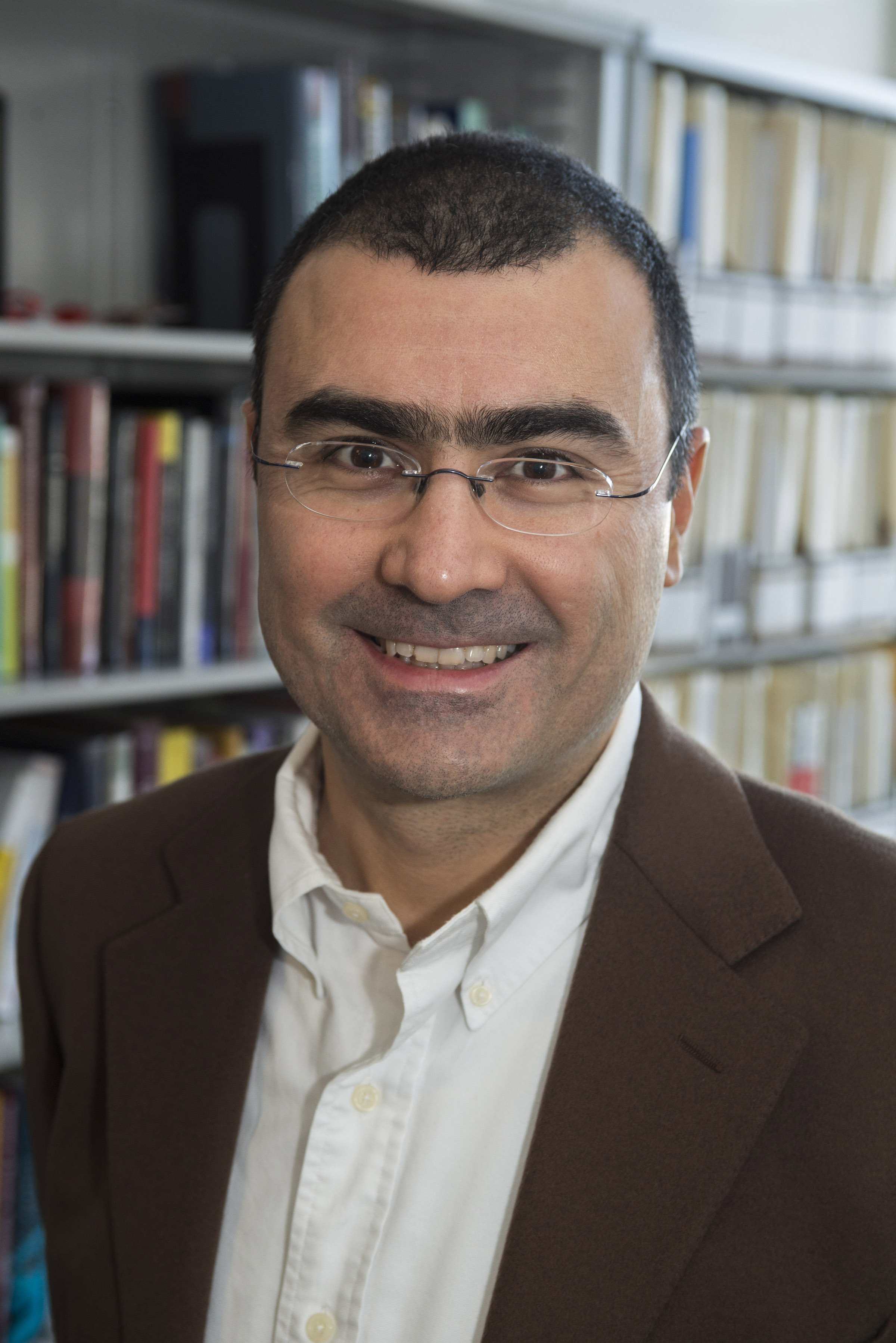Tayfun Sonmez on “Matching Markets, Market Design and Kidney Exchange”

In traditional economic practice, it is usually the price of a product that determines who gets what. Sometimes, though, buying and selling via the best “price” does not work well. For instance, there would be a great deal of resistance within a community if available seats in public school classrooms were auctioned off to the highest bidder or, for those needing a kidney transplant, people were made to outbid each other for a vital life-saving organ. The field of matching markets focuses on the study of resource allocation problems where the resources are often indivisible (e.g. organs for transplantation, school seats, jobs, etc.) and where the traditional market mechanisms either do not function well or, because of social norms, are not allowed. Closely related to the matching markets is the field of market design. It uses matching theory and/or auction theory to provide a practical solution for various real-life resource allocation problems. These two related fields received considerable attention over the last several years with the award of the 2012 Nobel Prize in Economics to Alvin Roth and Lloyd Shapley, for their contributions on “Stable Allocations and the Practice of Market Design.”
Two recent applications of market design have been particularly successful in practice, and both applications played a significant role in the commendation of the Nobel Prize. On the problem of assigning students to seats in public schools and of matching kidney donors with compatible recipients, the application of market design to these problems resulted in
• a series of school choice reforms in several major US cities including in New York City, Boston, and Chicago,
• the provision of a model for the 2007 school choice reform initiative throughout the United Kingdom, and
• the establishment of organized kidney exchange clearinghouses throughout the United States and the United Kingdom.
Notably, these most prominent applications of market design are both formulated and developed by Turkish researchers. (See Section 5.2 of the Scientific Background document on 2012 Nobel Prize (The Royal Swedish Academy of Sciences 2012) for the background on school choice, Section 5.3 for the background on kidney exchange, and the Conclusion in Section 7 for the role of Turkish researchers in the prize.)
To understand kidney exchange as an economic and as a social and health-care challenge, let us consider the problem more deeply. Transplantation is not only the preferred treatment for end stage kidney disease. It is also economically cheaper than the alternative treatment of dialysis. Unfortunately, the demand for kidneys for transplants far exceeds the supply of kidneys. The number of patients on the deceased donor waiting list in the US alone was over 107,000 as of December 2016, and this number increases by about 3500 each year. Because there is a shortage of kidneys from deceased donors and because kidneys supplied from living donors have superior graft-survival rates, there is an increased demand for kidneys from living donors. In a typical scenario, a patient identifies a willing living donor and if the transplantation is feasible on medical and emotional grounds it is carried out. Unfortunately, in more than a third of the cases the transplantation cannot go forward either due to an incompatibility of blood-type or to an incompatibility of tissue-type between the kidney donor and the recipient of the kidney. This is even a bigger challenge in Eastern Asian countries and countries with predominantly Muslims populations (such as Turkey), since transplants from living donors is the primary source of transplant organs due to cultural reasons.
Though more than a third of living donations cannot be utilized because of incompatibilities, during 2000-2004 a handful of cases of kidney exchanges took place between two patients and their incompatible donors. While the two patients were incompatible with their own donors in these cases, they were compatible with the donor of the other patient. Hence, through an exchange of donors, they were able to receive transplants. Kidney exchange is based on this simple idea.
In early 2000s, we observed that the two main types of kidney exchanges conducted in the United States correspond to the most basic forms of exchanges in the house allocation model of Abdulkadiroglu & Sonmez (1999). Building on the existing practices in kidney transplantation, in Roth, Sonmez, & Unver (2004, 2005, 2007), Roth et al (2006) we analyzed how an efficient and incentive-compatible system of exchanges might be organized, and what its welfare implications might be. The methodology and techniques advocated in this research program provided the backbone of several kidney exchange programs in the U.S. and the rest of the world. Our research program and interactions with the transplantation community revealed that the following five elements are especially important to design and implement a successful kidney exchange program:
1. Organization & Optimization of Kidney Exchange,
2. Utilizing Gains from Larger Exchanges,
3. Integration of Altruistic Donors via Kidney Chains,
4. Inclusion of Compatible Pairs for Increased Efficiency,
5. Higher Efficiency via Larger Kidney Exchange Programs.
While of the above five elements the first three have been largely embraced by the transplantation community and successfully utilized by several kidney exchange programs, the success of the latter two has so far been very limited. As a result, while the practical success of kidney exchange has been very substantial, increasing a handful of transplants annually prior to 2004 to more than 550 in the United States by 2010, this number has mostly leveled in the last few years even though the potential is in several thousands. For kidney exchange to utilize its full promise, it will be important to address the failure to include compatible pairs to exchange pools as well as utilizing gains of scope via a unified national exchange program rather than several smaller programs. Designing various mechanisms to ensure the inclusion of compatible pairs to kidney exchange pools is one of the focuses of our current research program with my colleague Utku Unver (Sonmez and Unver 2015). Our recent research also focuses on the optimal integration of various new medical technologies with kidney exchange (Sonmez, Unver & Yilmaz 2016), and extending exchange to other solid organs such as the liver and the lung (Ergin, Sonmez & Unver 2015).

References
Abdulkadiroglu & Sonmez (1999), “House Allocation with Existing Tenants,' Journal of Economic Theory, 88: 233-260.
Ergin, Sonmez & Unver (2015), “Lung Exchange,” Boston College working paper 886.
Roth, Sonmez & Unver (2004), “Kidney Exchange,” Quarterly Journal of Economics 119: 457-488.
Roth, Sonmez & Unver (2005), “Pairwise Kidney Exchange,” Journal of Economic Theory, 125: 151-188.
Roth, Sonmez & Unver (2007), “Efficient Kidney Exchange: Coincidence of Wants in Markets with Compatibility-Based Preferences,” American Economic Review, 97-3: 828-851.
Roth, Sonmez, Unver, Delmonico & Saidman (2006), “Utilizing List Exchange and Nondirected Donation through ‘Chain’ Paired Kidney Donations,” American Journal of Transplantation, 6: 2694-2705.
The Royal Swedish Academy of Sciences (2012), “Stable Allocations and the Practice of Market Design,” Scientific Background on the Sveriges Riksbank Prize in Economic Sciences in Memory of Alfred Nobel 2012, Stockholm, Sweden.
http://www.nobelprize.org/nobel_prizes/economic-sciences/laureates/2012/advanced-economicsciences2012.pdf
Sack (2012), “60 Lives, 30 Kidneys, All Linked,” New York Times, February 18, 2012.
http://www.nytimes.com/2012/02/19/health/lives-forever-linked-through-kidney-transplant-chain-124.html
Sonmez & Unver (2015), “Enhancing the Efficiency of Equity in Transplant Organ Allocation via Incentivized Exchange,” Boston College working paper 868.
Sonmez, Unver & Yilmaz (2016), “How (Not) to Integrate Blood Subtyping Technology to Kidney Exchange,” Boston College working paper 900.
Short Bio:

Tayfun Sonmez is a Professor of Economics at Boston College. He is an Econometric Society Fellow and the recipient of several awards including the Social Choice and Welfare Prize and Turkish Academy of Sciences (TUBA) Science Award. He is best known for his contributions to the formulation, analysis, and practical design of kidney exchange and school choice.